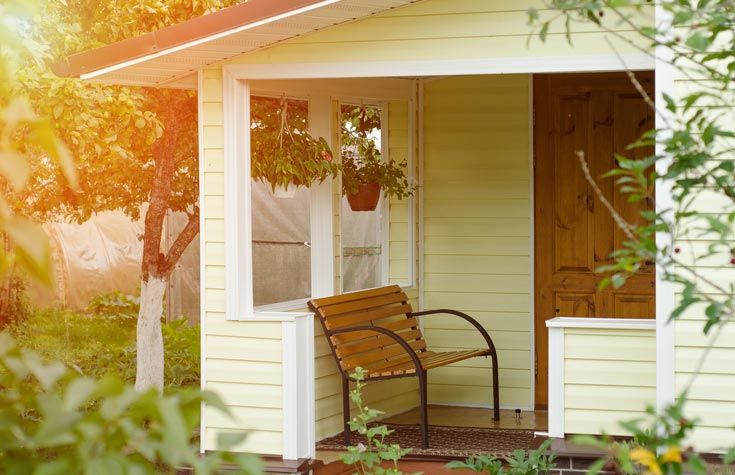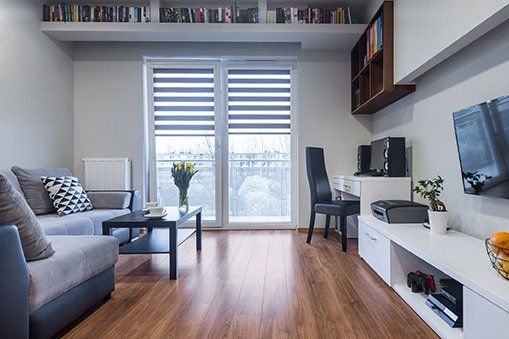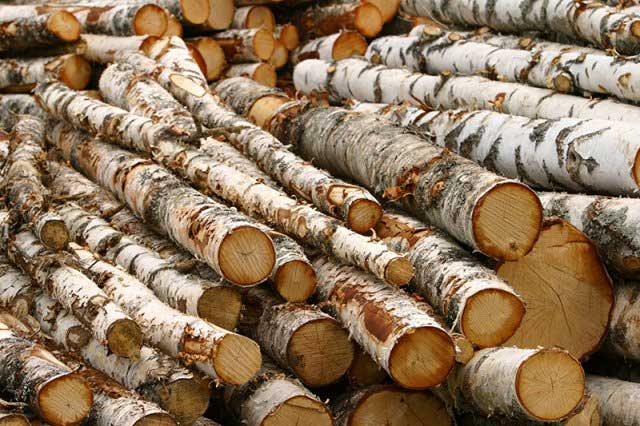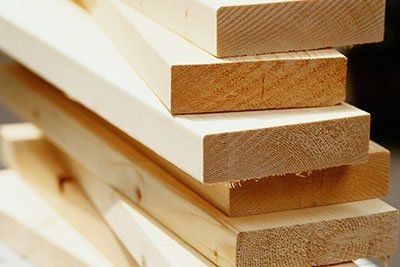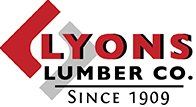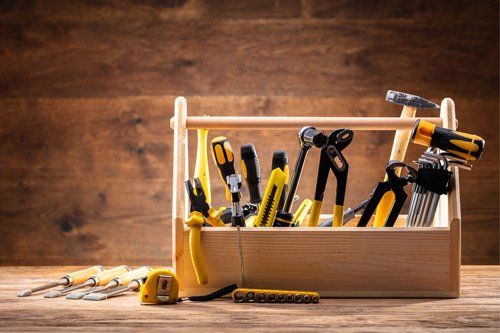When To Use Pressure Treated Lumber And When To Avoid It
- By Admin
- •
- 04 Apr, 2018
- •
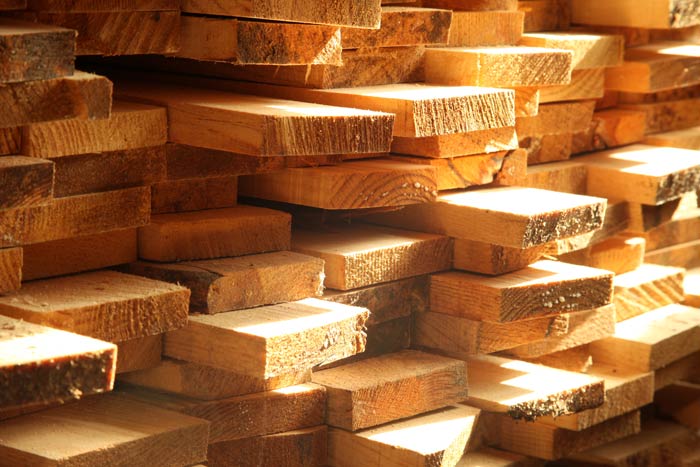
When it comes to choosing the right lumber for a specific home project, the decision begins with the type of wood. All lumber, from the common 2x4 to specialty marine plywood, is either pressure treated or not. Pressure treated wood does last longer without rotting and resists insect damage, but it's not right for every purpose either.
Not sure whether you need pressure treated wood or should avoid it for a particular use? Learn when to use both types of lumber, so your project goes smoothly, lasts as long as possible, and puts you and your family at as little risk as possible.
Direct Contact with a Source of Moisture
Use pressure treated wood in any situation where there's direct contact between the wood and anything that could supply moisture. This means posts in contact or buried underground obviously, but it also includes any lumber touching concrete or masonry since it's porous and wicks water like a sponge.
As long as there's a good chance that moisture can reach the wood, it should be pressure treated. This is why the International Building Code requires that siding and structural lumber used for the last six inches of the structure above the ground is pressure treated. Subflooring in the kitchen and bathroom may also be pressure treated since water leaks are common in these rooms and subflooring is inaccessible to the residents.
Opportunity for Contact with People and Pets
So if pressure treated wood resists the damaging effects of moisture and insects, why isn't it used for your entire home? It's because the chemicals used to pressure treat wood aren't safe for humans. You can find arsenic in all older pressure treated lumber and some new materials, while copper is widely used in even the newest pressure treatment formulas.
If you touch the wood and pick up these chemicals and then rub your eyes or eat some food, you could ingest something that could make you sick over time. This is why non-pressure treated wood is still required for use indoors, and why builders recommended that you only use pressure treated lumber for the support structure of a deck and switch to untreated wood for the surface.
Any location where pets and kids spend time regularly should be built with non-treated wood. This includes play sets, decks, raised beds in gardens, and more. Using a naturally rot-resistant wood, like cedar is a better compromise that is potentially putting your loved ones at risk for serious health problems.
Sealant to Increase Safety
Of course, sometimes you just can't build something safely without using pressure treated lumber. It's better to use treated lumber and know your deck will be secure in a few years than try to use untreated wood for the supports and watch them rot away rapidly. If you're using pressure treated lumber and are concerned about its risks, applying an oil-based sealant is the best protective measure.
Oil-based sealants have been shown to limit the amount of arsenic, copper, and other compounds reaching the surface of the wood. Since the primary risk from treated wood involves touching the surface to transfer the chemicals, a suitable sealant is enough to protect you and your family.
There's no need to worry about making treated wood safer that is completely covered in other materials and hidden from access, such as subflooring. Pressure treated wood doesn't release any gases or particulates that could harm you and your family. If you're not touching the wood or exposed to its sawdust, there's basically no risk.
Regardless of whether you need pressure treated or untreated lumber for your project, we have both types in stock in every size and shape here at Lyons Lumber Co.
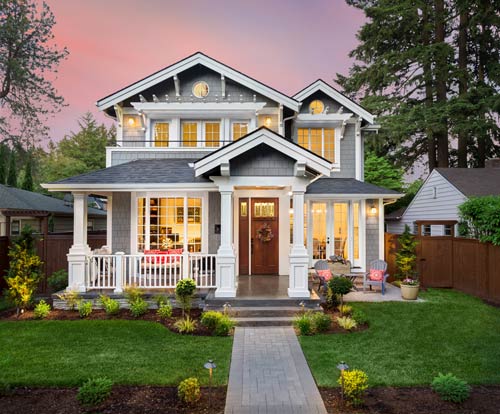
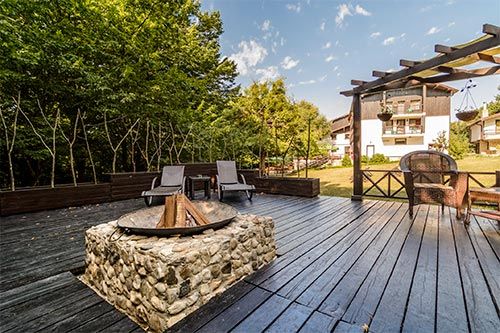

Before you have paint mixed, you need to know the type of finish you want. The finish is the sheen that paint colors give off, especially when light is shone on them. Some paints are shinier than others and therefore more appropriate with certain colors or applied in particular rooms.
Here is a guide to help you choose the best finish for your interior paint depending on your needs and desires for each room.
